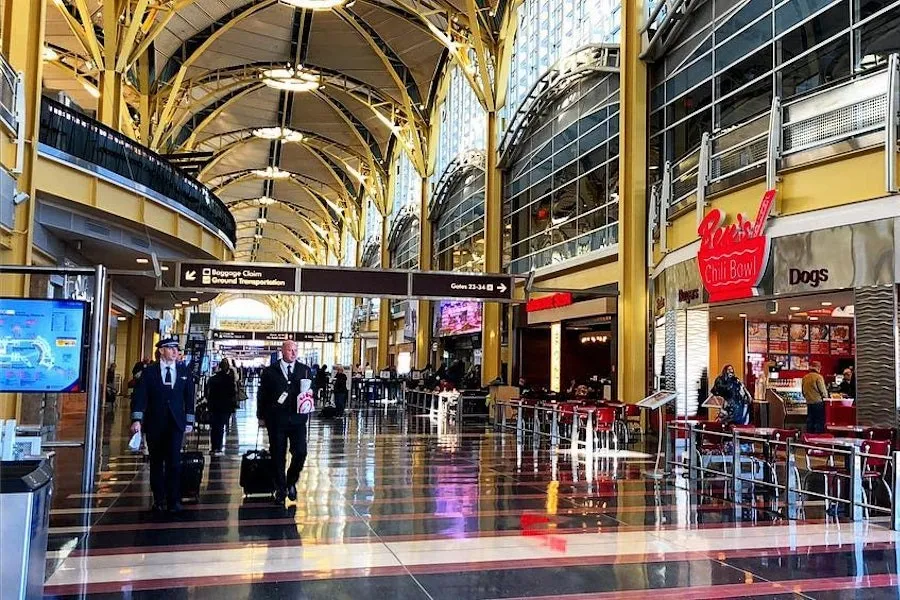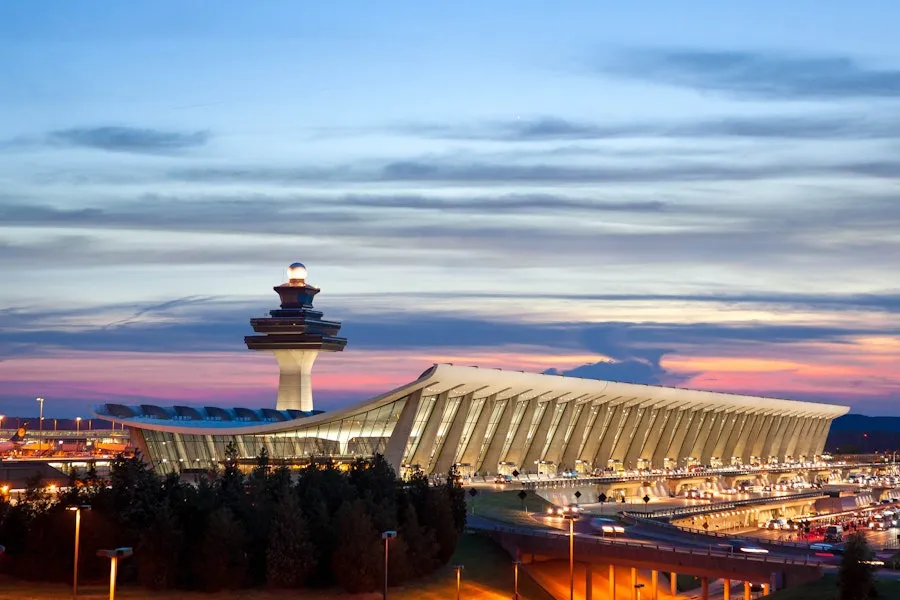Washington, a state located in the Pacific Northwest of the United States, is renowned for its magnificent natural beauty and rich biodiversity. From lush temperate rainforests and the majestic Cascade Mountains to the pristine Pacific coastline, Washington is a paradise for nature enthusiasts, especially photographers passionate about capturing wildlife. With a myriad of unique animal species thriving in its diverse habitats, this state offers incredible opportunities to capture memorable moments of the wild.
This article serves as a comprehensive guide, equipping you with the knowledge and skills necessary to embark on a wildlife photography journey in Washington. We’ll explore the best locations, learn about various wildlife species, gear up with essential equipment, and master professional photography techniques. Let’s delve into the exciting world of wildlife and capture breathtaking wildlife photography in Washington!
Discover the Best Wildlife Photography Spots in Washington
Washington boasts numerous national parks, wildlife refuges, and national forests, each with its unique charm and ideal habitats for various wildlife species. Here are some must-visit locations for your photography adventures:
Olympic National Park

Olympic National Park is a jewel of Washington, renowned for its incredible ecological diversity. Here, you can explore three distinct ecosystems: the wild Pacific coastline, lush temperate rainforests, and snow-capped high mountains. This diversity creates habitats for countless wildlife species, from Roosevelt elk, moose, black bears, red foxes to sea otters, seals, and various seabirds.
Coastal Areas: The Olympic Coast is perfect for observing seabirds such as gulls, cormorants, terns, and shorebirds. You might also spot playful sea otters riding the waves or seals basking on the rocks.
Temperate Rainforests: Deep into the Hoh or Quinault rainforests, you’ll be surrounded by ancient trees draped in moss and ferns. This is home to graceful Roosevelt elk, massive moose, and secretive black bears. Be patient and quiet; you might catch glimpses of these incredible creatures.
Mountain Areas: In summer, the high mountain areas of Olympic come alive with mountain goats, marmots, and pikas. Hike along the trails and enjoy the breathtaking views as you possibly spot these animals foraging or frolicking on the slopes.
Nisqually National Wildlife Refuge
Located at the mouth of the Nisqually River where it meets Puget Sound, Nisqually National Wildlife Refuge is a haven for bird lovers. This refuge is a vital wintering area for thousands of migratory waterfowl, including ducks, geese, swans, and numerous shorebird species.
Best Time to Visit: Winter and spring are the prime times to visit Nisqually, when migratory bird populations peak. You can walk along the easy trails and observe birds from various outlooks distributed throughout the refuge.
Notable Birds: Snow geese are one of the signature species of Nisqually. Thousands gather here in the winter, creating an impressive sight. Additionally, you’ll find many ducks, shorebirds, raptors, and songbirds.
Gifford Pinchot National Forest

Gifford Pinchot National Forest spans a vast area of the Cascade Range in southern Washington. With its old-growth forests, clear lakes, and majestic volcanoes, Gifford Pinchot is home to diverse wildlife, including black bears, moose, black-tailed deer, lynxes, and mountain foxes.
Mount St. Helens Area: The region surrounding Mount St. Helens, after its historic eruption in 1980, has remarkably recovered and stands as a testament to ecosystem resilience. Today, you can find moose, deer, and numerous birds inhabiting this area.
Lakes and Rivers: The lakes and rivers in Gifford Pinchot are home to North American river otters, minks, and various fish species. With some luck, you may see river otters swimming or minks hunting along the riverbanks.
Mount Rainier National Park
Mount Rainier National Park is an iconic landmark in Washington, with Mount Rainier’s snow-covered peak towering in the blue sky. This national park is renowned not only for its breathtaking mountain scenery but also for its many alpine wildlife species, including mountain goats, marmots, pikas, and black bears.
Paradise and Sunrise Meadows: In the summer, Paradise and Sunrise meadows bloom with wildflowers, offering ideal spots for observing marmots and pikas. As you hike, you might hear the whistle of playful marmots or see the small pika gathering grasses for their burrows.
Forest Areas: The forests around Mount Rainier house black bears, black-tailed deer, and many forest birds. Pay attention to the sounds around you and observe carefully; you might discover signs of wildlife.
Essential Gear for Wildlife Photography
To capture high-quality wildlife photos, having the right equipment is crucial. Here’s a list of essential gear you should consider:
Camera: A DSLR or mirrorless camera with a large sensor is the best choice for wildlife photography. They offer high image quality, good low-light performance, and fast shooting speeds.
Lenses: A telephoto lens with a long focal length is a must for wildlife photography. A lens with a focal length of 300mm or more lets you get close to subjects without disturbing them. Versatile zoom lenses like 100-400mm or 200-500mm are popular choices for flexibility and convenience.
Tripod: A tripod stabilizes the camera and lens, especially when using heavy telephoto lenses or shooting in low light. A sturdy three-leg tripod or a lightweight monopod can be useful.
Memory Cards and Batteries: Ensure you have enough high-capacity memory cards and spare batteries so you don’t miss any important moments.
Clothing and Accessories: Wear comfortable, discreet clothing suitable for the weather conditions. Hiking boots, hats, gloves, waterproof jackets, and sunscreen are also necessary.
Binoculars: Binoculars aid in observing and locating wildlife from a distance before you approach for photography.
Camera Bag: A dedicated camera bag protects your gear and makes it easy to carry while on the move.
Skills and Techniques for Wildlife Photography
Wildlife photography requires not only good equipment but also skills and professional photography techniques. Here are some basic and advanced techniques you should master:
Understand Wildlife: Learning about the behavior, habitat, and activity times of the animals you want to photograph will enhance your chances of encountering them and capturing natural photos.
Patience and Waiting: Wildlife is often shy and difficult to approach. Be patient, observe, and sometimes spend hours to capture an ideal photo.
Camouflage and Silence: Use neutral-colored clothing, blend into the surroundings, move gently, and remain silent to avoid alarming wildlife.
Choose Angle and Composition: Seek unique and creative angles to highlight the subject and create captivating photos. Apply composition rules like the rule of thirds, leading lines, and framing to add depth and appeal to your photos.
Use Natural Light: Natural light is vital in photography. The golden hours of dawn and dusk often provide the most beautiful light, creating warm and mesmerizing photos.
Shoot in Aperture Priority Mode (A or Av): This mode allows you to control the depth of field, blur the background, and keep the subject in focus. A large aperture (small f-number) creates a shallow depth of field, ideal for wildlife portraits.
Use Fast Shutter Speeds: To capture quick-moving animal actions, use fast shutter speeds (e.g., 1/500s or faster).
Focus Accurately: Focus on the animal’s eyes to create emphasis and draw the viewer’s attention. Use continuous focus mode (AF-C or Continuous AF) to track moving subjects.
Shoot in RAW: Shooting in RAW format preserves the most image details and offers more flexibility for post-processing.
Ethics and Safety in Wildlife Photography
Wildlife photography is not only a recreational activity but also an opportunity to connect with nature and promote conservation awareness. Always adhere to ethical principles and ensure safety for yourself and the animals:
Respect the Animals: Do not stress, disturb, or threaten wildlife. Keep a safe distance and do not invade their personal space.
Do Not Feed Wildlife: Feeding wildlife can alter their natural behaviors and harm their health.
Protect the Environment: Do not litter, pollute, or damage the natural habitats of wildlife.
Follow Regulations: Learn and comply with the rules of national parks, wildlife refuges, or areas you visit for photography.
Personal Safety: Stay aware of your surroundings, especially when moving through wild areas. Carry a map, compass, mobile phone, and first aid kit. Inform family or friends about your photography plans.
Conclusion
Wildlife photography in Washington is a magnificent experience, offering you the chance to explore the pristine beauty of nature and capture unique moments of the animal world. With thorough preparation in knowledge, skills, and equipment, along with passion and patience, you can create impressive wildlife photography and inspire a love for nature in the community. Start your photography journey today and discover the wonders that wild Washington has to offer!